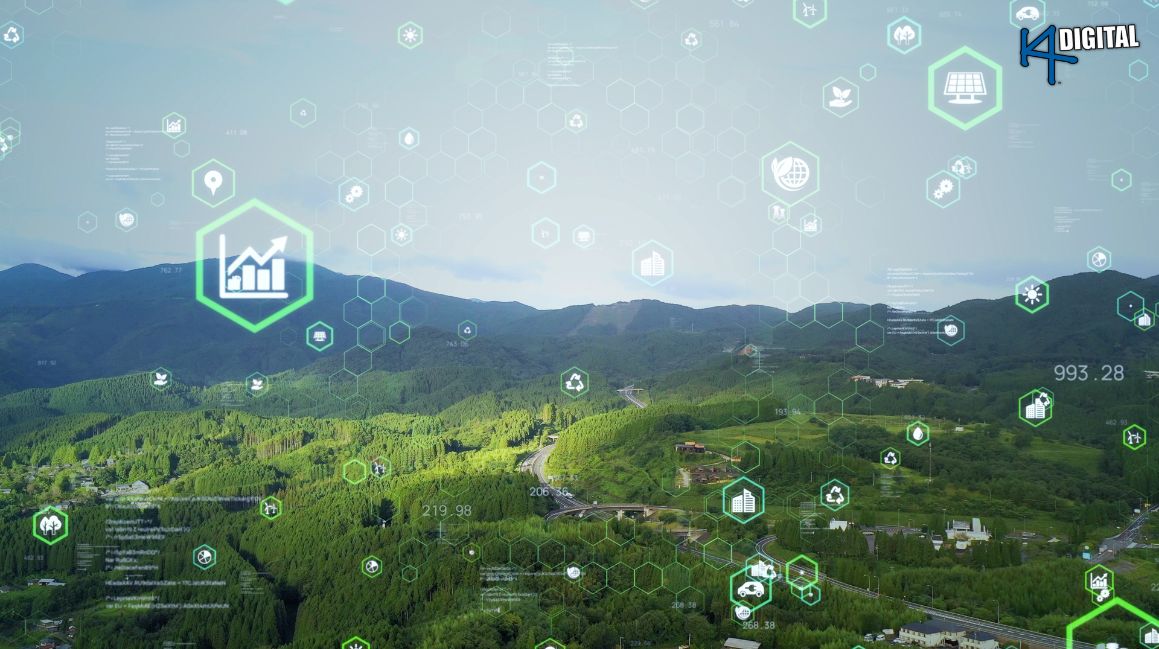
Introduction
Why Sustainability is a Strategic Marketing Edge
Sustainability is no longer just a nice-to-have. A McKinsey study revealed that products making environmental, social, and governance (ESG) claims grew 28% over five years compared to 20% for those without such claims. This shows that customers reward brands that align with their values.
Campaigns rooted in sustainability also help brands stand out in crowded markets. When product features and pricing are nearly identical, values often become the deciding factor. Beyond sales, authentic purpose driven campaigns attract positive media coverage and organic attention, which reduces reliance on paid advertising and strengthens brand equity over time.
The Pitfalls to Avoid
While sustainability can build trust, missteps can cause lasting damage:
- Greenwashing is when a brand exaggerates or fakes sustainability claims
- Misalignment happens when promoted causes do not fit the brand or its operations
- Short term stunts are campaigns that lack long term follow through and feel hollow
- Lack of proof with vague claims and no measurable outcomes risks consumer backlash
How to Build Purpose Driven Campaigns That Work
The most effective purpose driven campaigns start with alignment. Choose causes that naturally connect to your brand. A clothing company might focus on sustainable fabrics while a tech business may highlight energy efficiency.
It is also essential to show measurable impact. Instead of broad claims, present data such as reductions in carbon footprint, waste avoided, or communities supported. Third party certifications can provide further credibility.
Transparency plays a key role as well. Audiences respect honesty about progress and even setbacks. By sharing both wins and challenges, you create a more authentic and relatable story.
Partnerships can also strengthen your message. Working with NGOs, suppliers, or certifying bodies not only adds credibility but can help scale the impact of your efforts.
Finally, purpose must be integrated across channels. A sustainability message should appear consistently on your website, in social media content, in packaging, and even in advertising. It cannot sit on the sidelines as an occasional campaign, it has to be part of your brand’s DNA.
Bringing Sustainability Into Digital Marketing Channels
For agencies and in house teams, the real challenge is translating sustainability into measurable digital marketing outcomes. Here’s how purpose driven campaigns connect with the channels that matter most:
- SEO
Search interest in eco friendly products and sustainable living is rising fast. Optimizing blog posts, landing pages, and FAQs around sustainability keywords helps capture high intent traffic while positioning your brand as a trusted authority. - Paid Search (PPC)
Sustainability can be a differentiator in ad copy. Highlighting certifications or impact data often boosts click through rates. Testing ad variations that emphasize eco benefits ensures you connect with both conscious consumers and mainstream buyers. - Paid Social
Platforms like Meta, TikTok, and LinkedIn are perfect for storytelling. Video and carousel ads can showcase supply chain improvements, eco initiatives, or community partnerships. With paid targeting, you reach the audiences that value sustainability most. - Organic Social
Authenticity wins on organic social. Sharing updates about progress, challenges, or behind the scenes efforts shows transparency and builds stronger communities around your brand. - Analytics and AdOps
Clicks and impressions alone don’t measure success. Tracking sentiment, brand lift, and lifetime customer value alongside standard metrics provides a complete view of how sustainability contributes to business growth.
When sustainability messaging is tied directly to performance channels, purpose becomes more than a statement — it becomes a driver of measurable marketing success.
Measuring Success: Key Metrics
Success in sustainable marketing can be tracked in multiple ways. Environmental impact might include reduced emissions, lower water use, or plastic avoided. Community outcomes can range from jobs created to trees planted or local initiatives funded.
Brand perception is another crucial metric, and can be measured through surveys, social listening, and sentiment analysis. Engagement and reach, including earned media and organic mentions, indicate how far your message is resonating beyond paid channels. Finally, loyalty metrics such as retention rates and repeat purchases will show whether sustainability is influencing long term customer behavior.
Brand Examples
Several brands are leading the way in purpose driven campaigns. Patagonia is well known for its “Don’t Buy This Jacket” campaign, which encouraged repair and reuse rather than overconsumption. Allbirds partnered with Adidas to produce one of the lowest carbon footprint running shoes on the market. IKEA created a “Buy Back and Resell” program to encourage circular consumption. The Body Shop has built trust for decades with its cruelty free products and ethical sourcing.
These examples demonstrate that sustainability, when deeply integrated, can drive both business performance and positive impact.
Conclusion
Sustainability is not just a trend, it is a competitive edge. Customers are increasingly loyal to brands that show real purpose and measurable impact. For businesses, the opportunity is clear: embed sustainability into your DNA and your campaigns will not only sell, they will inspire.
